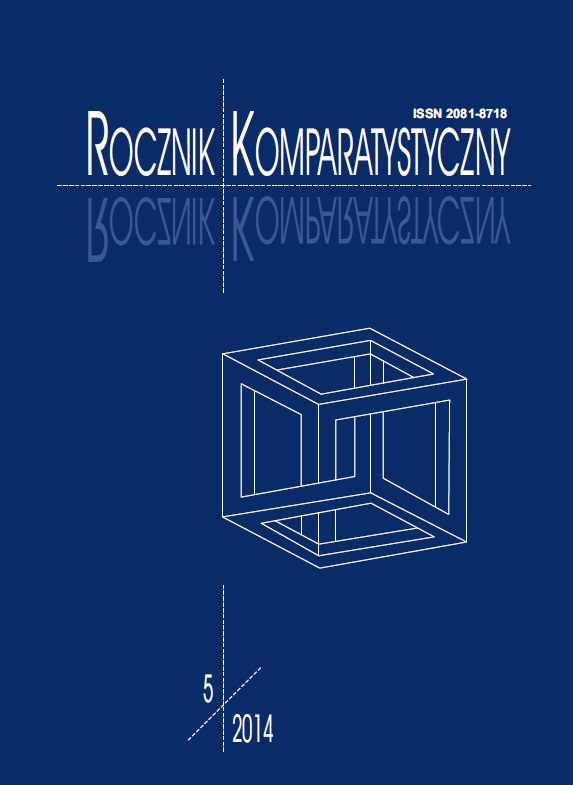Wie „übersetzt“ man Embleme? Am Beispiel der Emblem- und Emblematikrezeption im Kiever Kulturmodell der Barockzeit
How to Translate Emblems: The Example of the Reception of Emblems and Emblematics in Kievan Baroque Culture
Author(s): Walter KrollSubject(s): Language studies, Language and Literature Studies, Theoretical Linguistics, Studies of Literature, Comparative Linguistics, Philology, Theory of Literature
Published by: Wydawnictwo Naukowe Uniwersytetu Szczecińskiego
Keywords: comparative literature; intermedial translation; emblematics; Kievan baroque culture; trilingual Kievan culture; rhetorics; visual poetry; iconography; panegyrics; emblematic sermon; ars memorativa
Summary/Abstract: When we define the literary genre of the emblem as a threefold composition, consisting of the inscriptio, pictura and subscriptio, we confront the question of the way the pictura had been translated in the XVII century. Did intermedial translation mean the simple reproduction of the pictura? Or did it mean that the pictura was also subjected to alterations and transformations? The paper argues that the reception of emblems by scholars and students of the Kievo-Mohylanska Akademia was combined with a transformation of the pictura of the emblem, which was formed into a new threefold combination by a process of “projection”, “transposition” and/or “transfiguration” (A. Hansen-Löve) of heraldic and emblematic signs. The trilingual – Polish, Latin and Churchslavonic – emblems of Kievan authors are here described 1) in the context of Jurij Lotman’s semiotic concept of “semiosphere”, and 2) in comparison with the description of neighbouring genres like symbola, hieroglyphica, stemmata in seventeenth-century treatises on rhetorics and poetics. Finally, the paper interprets emblems of Filip Orlyk (Hippomenes sarmacki, 1698) and Stefan Jaworski (Vinograd Christov, 1698) as innovative results of intermedial translation, i. e., of a process of “projection”, “transposition” and “transfiguration” of the pictura.
Journal: Rocznik Komparatystyczny
- Issue Year: 2014
- Issue No: 5
- Page Range: 197-225
- Page Count: 29
- Language: German

